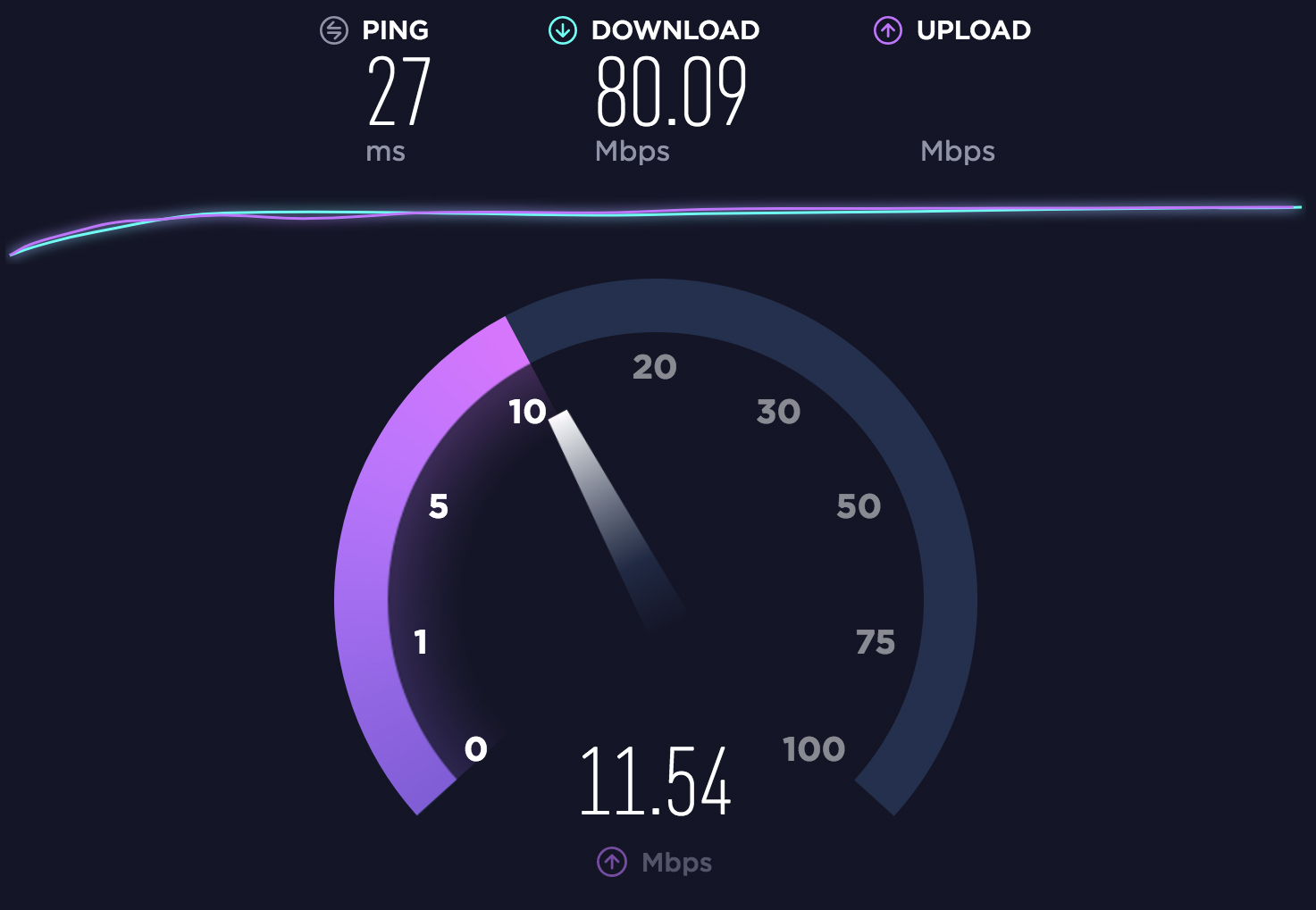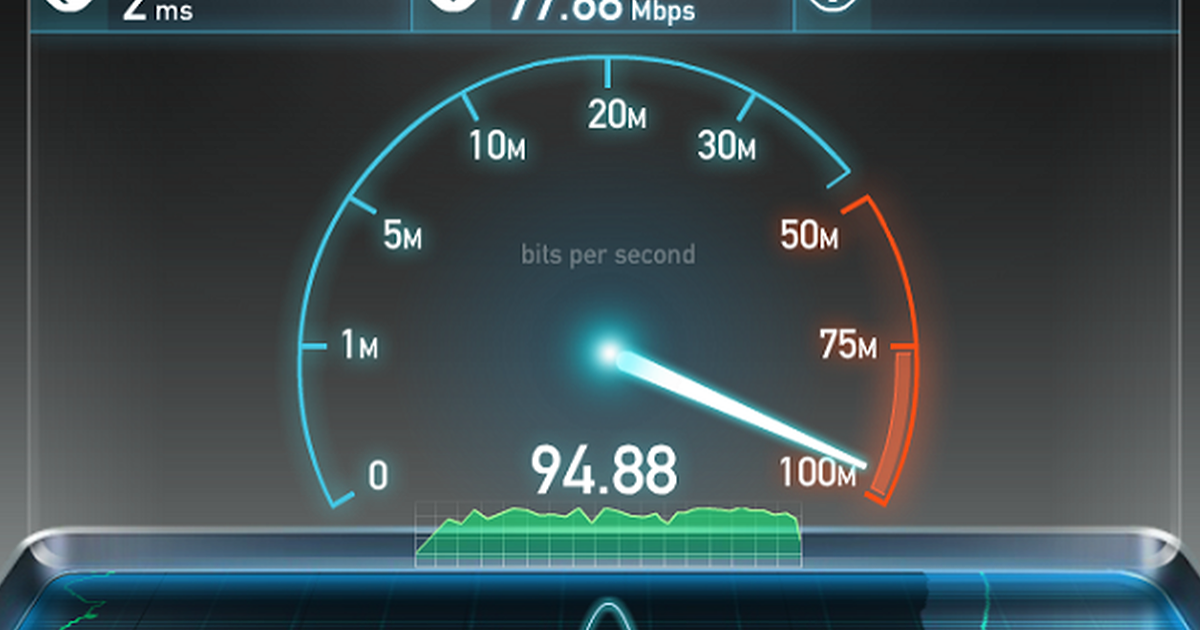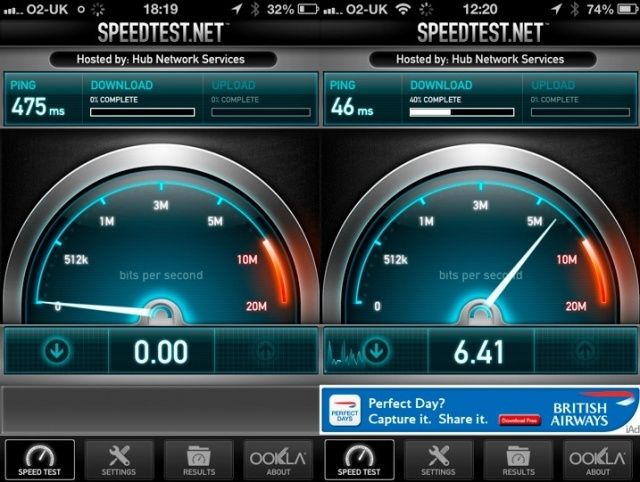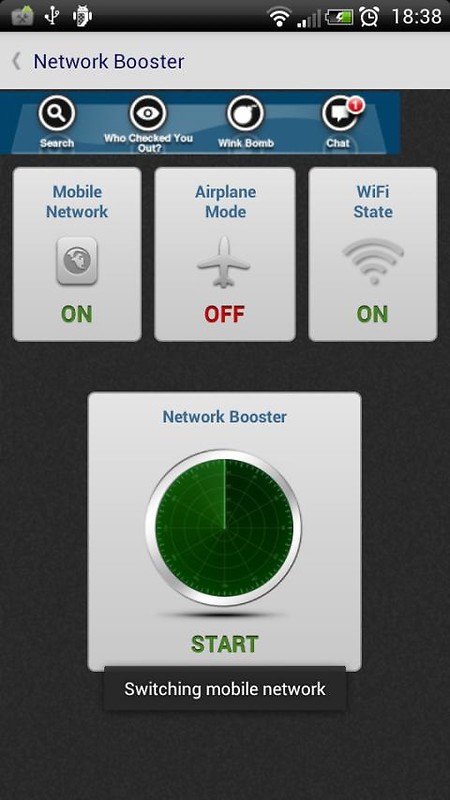

Screenshot of the official speedtest cli running on a Linux device. Install with apt install: sudo apt install speedtest-cli

On any of my Raspberry Pi and other IoT-enabled devices where I have a Linux-based OS, or my cloud-based VMs and containers running Linux, the speed test can be done by installing the official speedtest-cli. Speedtest using the speedtest-cli (Linux only) Screenshot of the speed-test CLI performing an internet speed test from the local device. Install via npm: npm install -location=global speed-test Speedtest using the speed-test CLI (npm) This solution works on any system where npm is available, including Windows, Mac, and Linux. Screenshot of running the Fast CLI from command line. By default, it measures download speed only. Note: I'm adding the -u flag to also measure the upload speed. Install the package: npm install -location=global fast-cli There's a GitHub project for the fast-cli, available as an npm package. Speedtest using the Fast CLI (npm) This solution works on any system where npm is available, including Windows, Mac, and Linux. When a UI is not available to us, running speed tests from the command line is another option that comes in handy. Screenshot of a browser-based speed test using by Netflix. Services like and are both very popular speed testing services, and you may recognize them by their UI: Screenshot of a browser-based speedtest using the service. In addition you could check internet speed with a network speed test as well to compare wireless and wired connectivity.I've recently come across the need to test the internet speed of devices without a Graphical User Interface (GUI) connected to the internet.ĭevices include Raspberry Pi, virtual machines running Linux, cloud-based containers running Linux distros, and more.

You can run a WiFi speed test on all your devices to idenitify the ones that have a strong WiFi signal and the ones that don't. Selectively enabling and disabling your WiFi hotspots can quickly help identify the problematic device. Maybe your device is not connecting to the correct WiFi hotspot, so it must go through a thick wall.

If the interet speeds differ on your connected devices, however, the poor connectivity is likely either due to a local misconfiguration or device capabilities. If the internet speeds are the same for the weak and strong signal, it's likely an ISP issue. Just run multiple tests, one close to your WiFi Hotspot and one in the place where you're having issues because the signal strength diminishes. So to figure out if your connectivity issues are due to your ISP, your wireless connection or a local router issue running a WiFi Test will give you the insights you're looking for. Most of the devices on your home network today are not connected with a wired connection anymore. Running a WiFi Speed Test is the right solution for most people if they encounter connectivity issues as they are usually internet speed related.


 0 kommentar(er)
0 kommentar(er)
